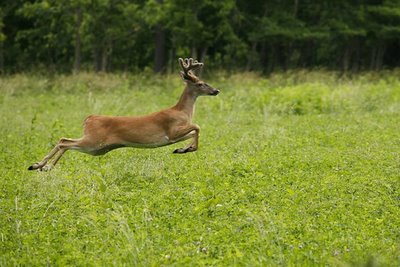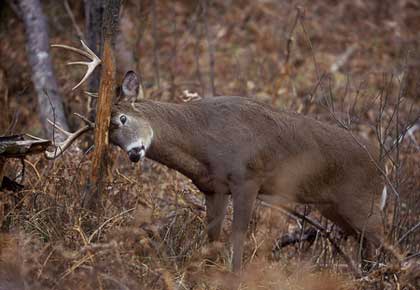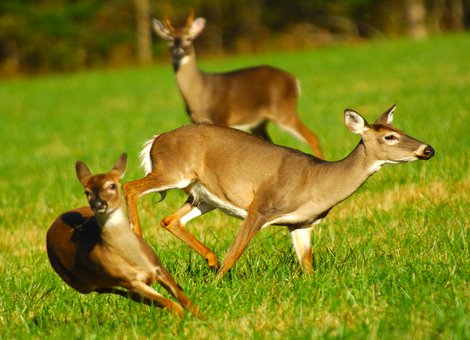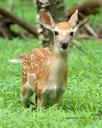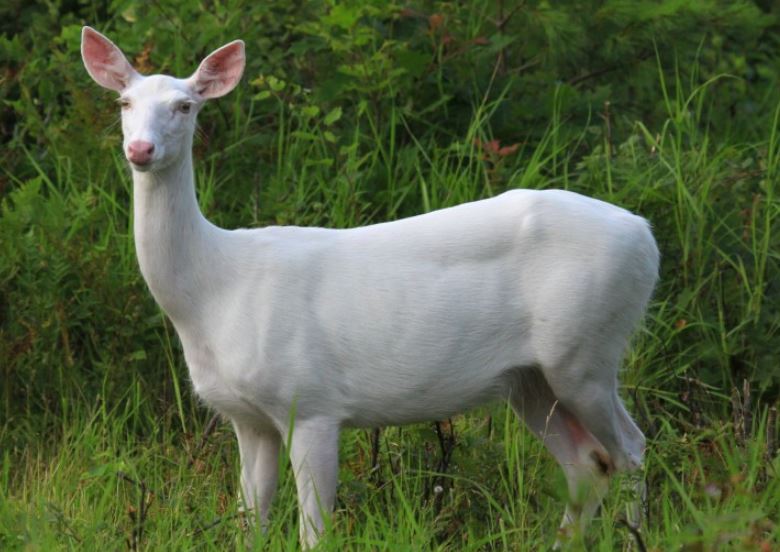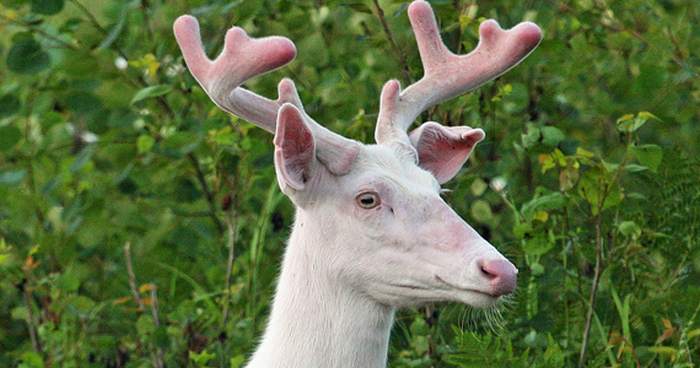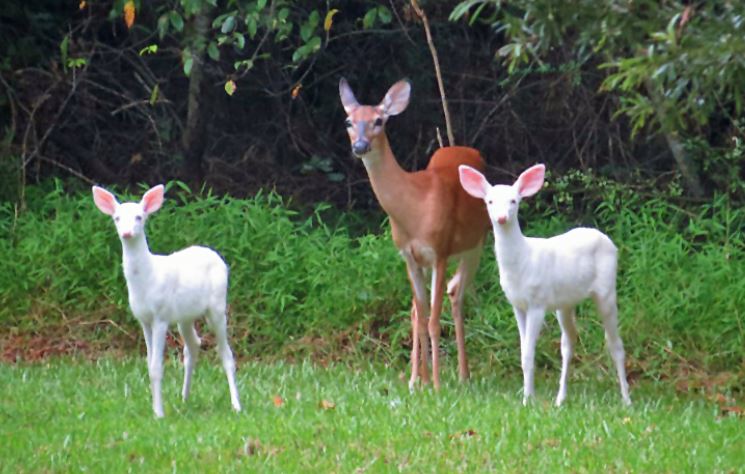Prescribed Burning for Deer Management
Prescribed burning is very effective at maintaining highly-productive white-tailed deer habitat. It is one of the best management tools that we land managers have in our toolbox. However, many folks get real nervous whenever someone talks about burning their property. Over the past several decades, there has been a lot of negative press regarding wildfires and the “destruction” of wildlife habitat. Truth be known, (wild) fires are a natural part of the system. In fact, plants and animals are adapted to the periodic disturbance caused by fire.
Prescribed burns, however, are not and should not be wild. When setting up a prescribed burn, prescribed fire, controlled burn, or whatever you want to call it, the person responsible for the fire basically writes a prescription for the fire. This means that a host of conditions must be met in order to carry out the burn safely and effectively.
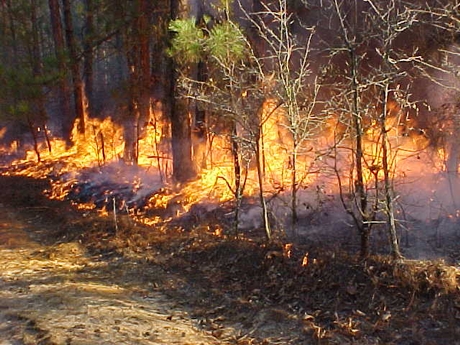
Planning a Prescribed Burn
Fire breaks, fuel loads, sustained wind direction, relative humidity, and safety equipment must all be address for a properly conducted prescribed burn. When all conditions of the burn are met, the prescription is completely achieved, and the area can be burned. When used correctly, fire is quite inexpensive on a per acre basis and it’s one of the best management practices for native plants and wildlife.
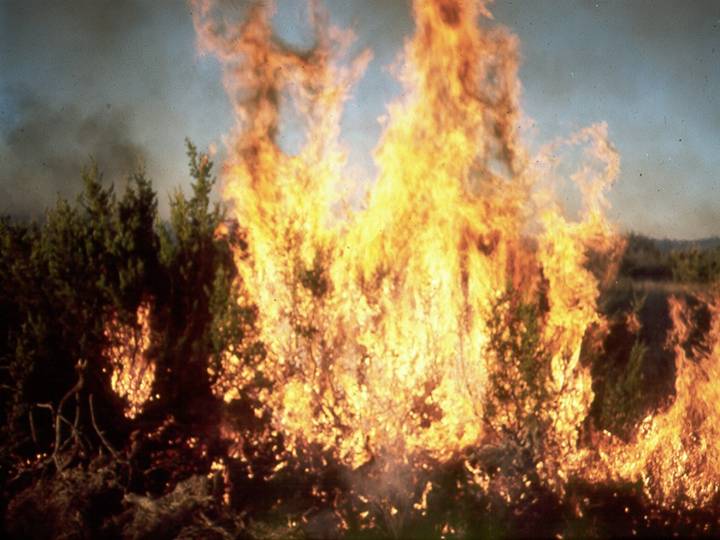
Burning habitat is a great management tool, but to really appreciate what the process accomplishes, it takes more in-depth research on the topic. However, I will let you know that burning an area provides an increase in the food value of regenerated plant growth. In addition, it keeps plants, primarily browse plants, at a manageable level for white-tailed deer.
Remember, deer can only use plant material they can reach, and this is only about 5-foot in height. If it’s higher than 5-foot, it’s out of a deer’s reach. Browse and forbs provide the bulk of a whitetail’s diet and burning helps both of these plant communities.
Habitat Management & Prescribed Burns
Just about every type of “brush” will root-sprout after a fire, except blueberry cedar which is good for blueberry cedar control (Ashe juniper). This is a key point to keep in mind. Once browse plants grow too high, much of the production is not within the reach of a deer. Burning an area and top-killing these plants will top-kill browse plants and promote root-sprouting, low-level regrowth, and more energy-packed forage.
Forbs in the area will also benefit from prescribed burning, but the time during which a burn is conducted can have varying impacts on both forbs and grasses. We will talk more about this later.


